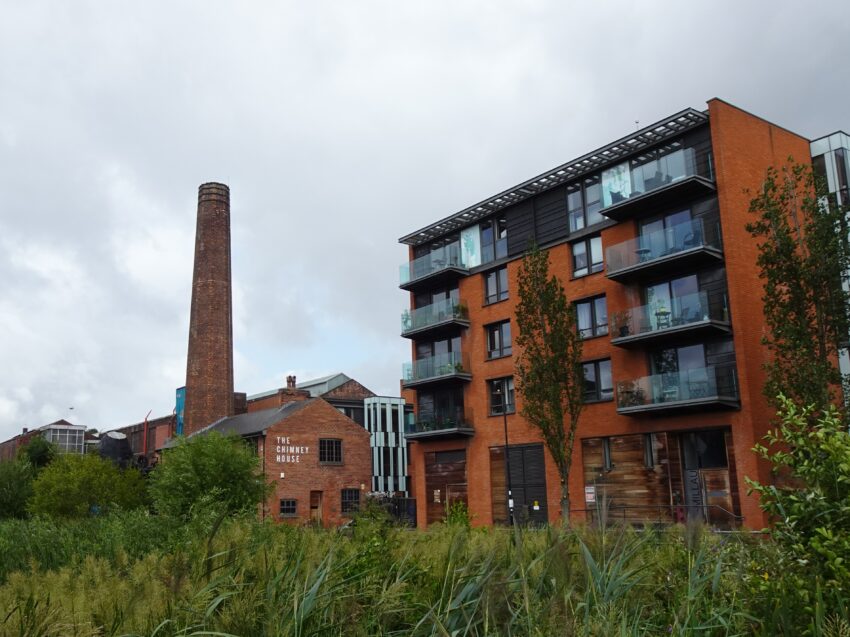To be honest, Sheffield wasn’t high on my list of must-visit places in the UK, but I based myself here for a few days to explore the nearby Peak District National Park and quickly realized that the place has its very own gritty charm.
Apart from lots of traces of the local industrial history, there are some really engaging museums and more parks and gardens than I had encountered in most English cities.
Apart from that, people in Sheffield struck me as especially welcoming – even by the already high standards of friendliness I was used to in Northern E
This post may contain affiliate links, and I might earn a small commission at no additional cost to you. For more info, click here.
Guided Tours of Sheffield
If you prefer the company of a local guide while exploring the city, there are a few guided tours of Sheffield and its surroundings available. You can have a look below for some options.
How to Spend One Great Day in Sheffield
This itinerary should give you a good all-round introduction to the city, starting at Kelham Island, the former industrial heart of Sheffield and ending at the pretty Botanical Gardens a bit west of the centre.
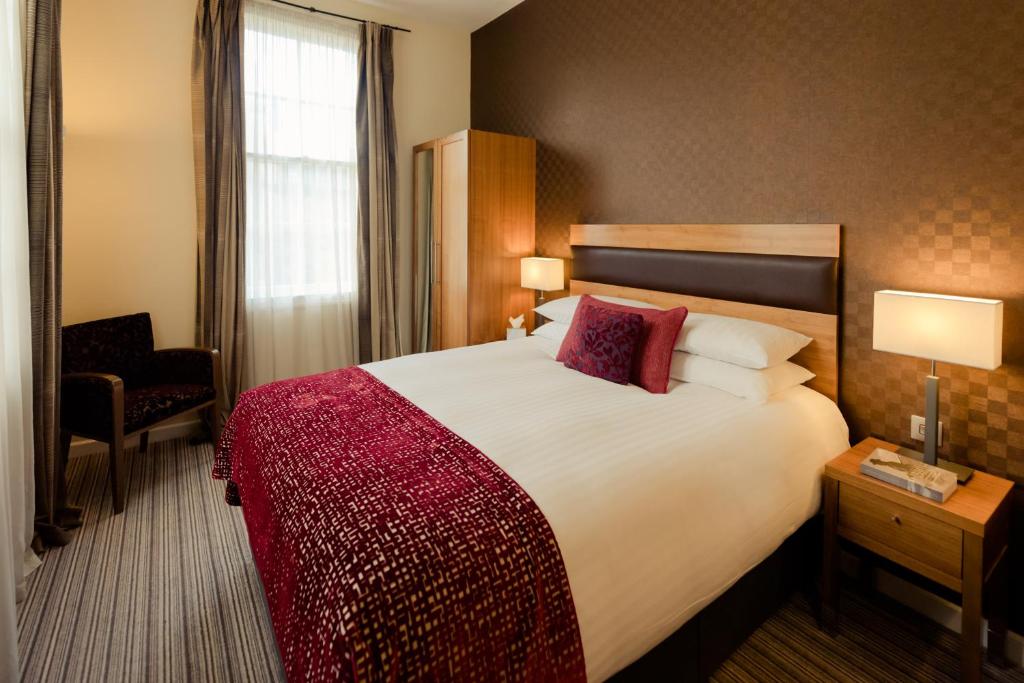
.
Top 3 Places to Stay in Sheffield
Budget Option: Sheffield 3 Apartments
Midrange: Leopold Hotel (pictured)
Luxury Choice: City Oaks
.
Breakfast in Kelham
In the 19th century, Kelham used to be the industrial heart of the city, full of steel plants, factories and warehouses. These days, the steel mills have given way to small cafés and craft breweries, but I found it easy to spot traces of the industrial history all around the area.
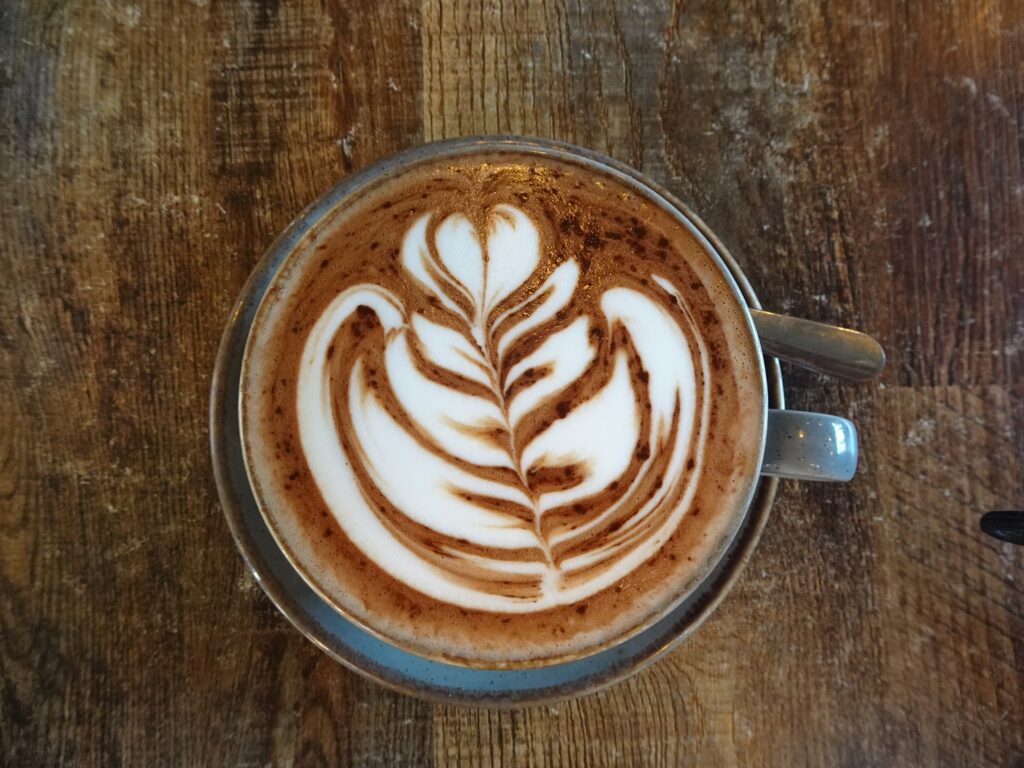
For breakfast, you’re spoilt for choice. There are plenty of spots for a proper full English if you’re hungry, or lighter bites if you’re more of a “coffee and pastry” morning person. One place I can recommend is Groke Coffee, right at the south-eastern tip of Kelham Island, which had huge breakfasts for pretty affordable prices.
Kelham Island Museum
While industrial history isn’t something I’m super interested in, it’s a huge part of Sheffield’s identity, so I figured, I should at least have a look at the popular Kelham Island Museum. I’m happy to say that it really surprised me positively.
The museum is located inside a restored 19th-century foundry, and wandering through the mostly interactive exhibits made me realize the city’s importance during the age of industrialization with its innovations in steel making, but also its tool and cutlery manufacturing.
One of the museum’s highlights is the River Don Engine, a gigantic Victorian steam engine for producing steel plates, which were mostly used for building ships. Something I found almost as impressive was the huge Bessemer Converter (basically a specialized blast furnace) right outside the museum’s main entrance.
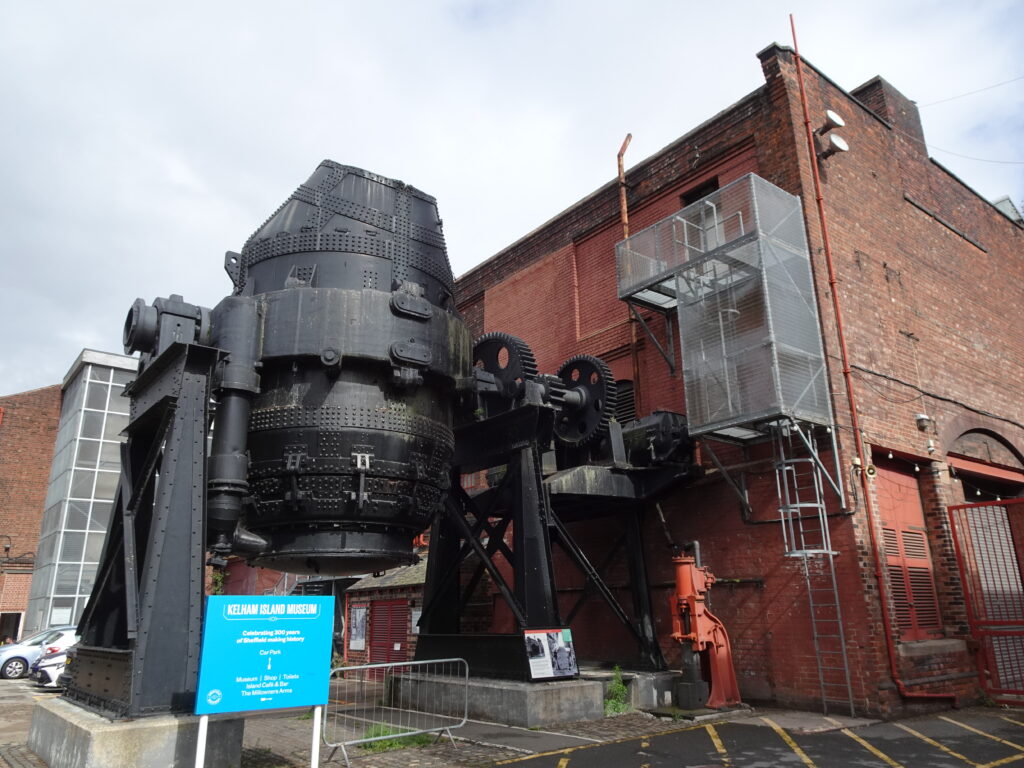
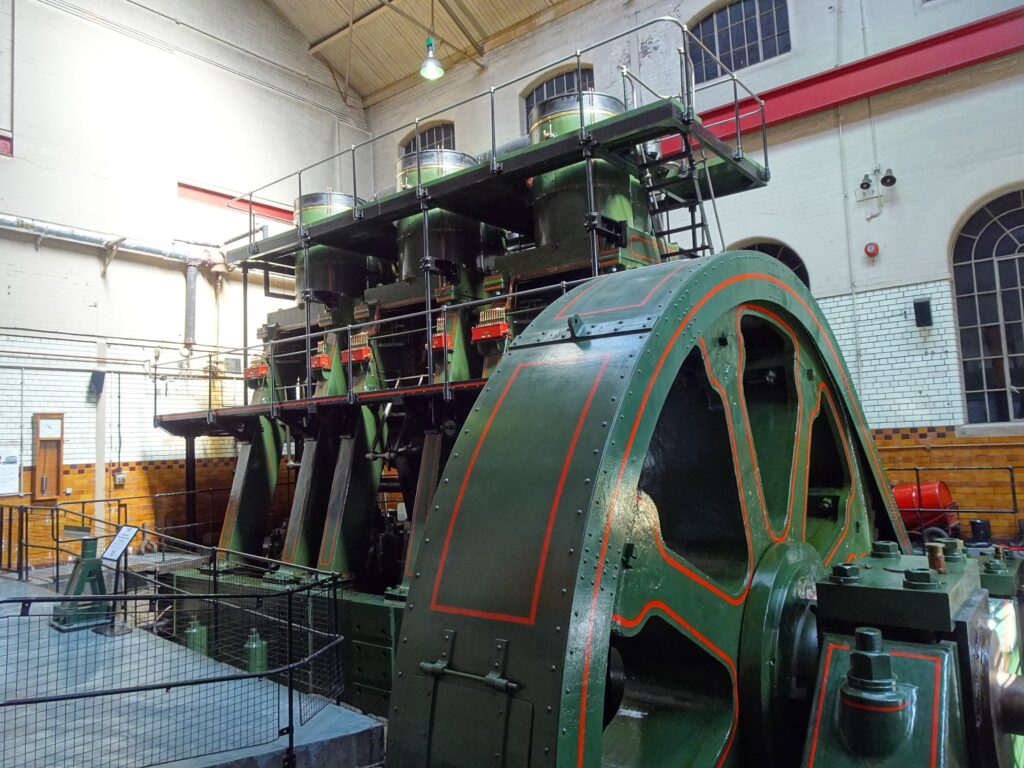
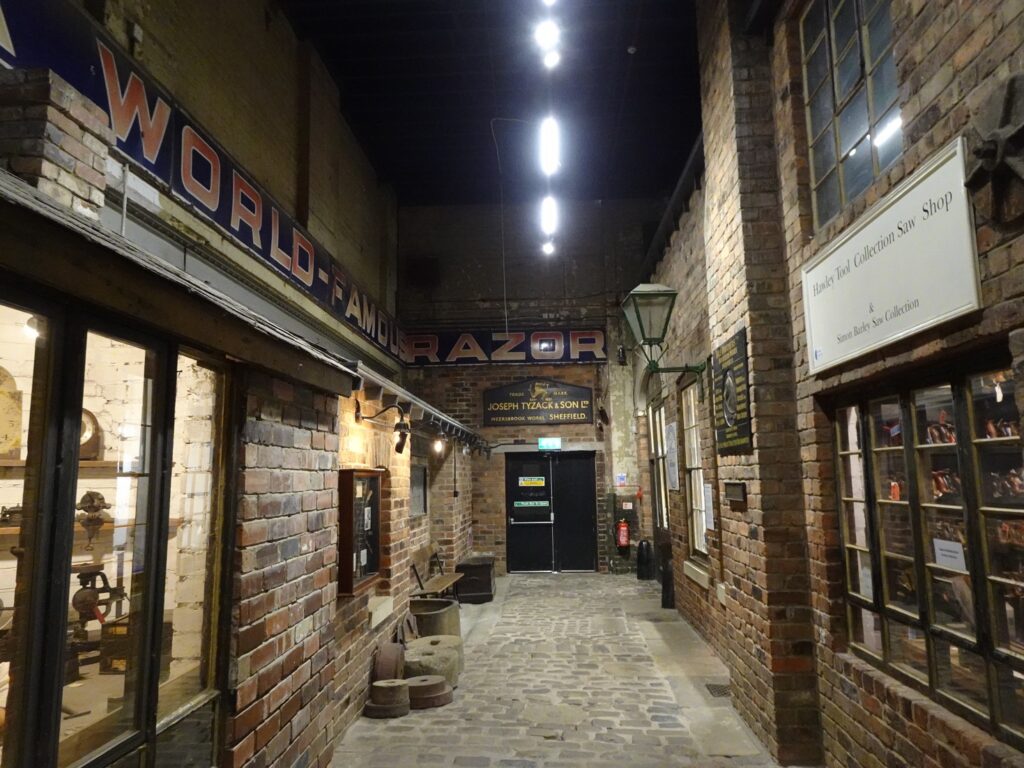
As someone interested in history, I also liked that the exhibits not only explore the technical side of the innovations, but explain how the local industries influenced people’s daily lives in and around the city, which definitely helps put things into a larger context.
The museum is pretty big, and I’d recommend planning at least an hour for your visit (I spent almost two hours here). The entrance is technically free, but as usual, donations are welcome. You can check the current opening times here.
Sheffield Cathedral
From Kelham, it’s about a 15-minute walk into the city centre and to Sheffield’s impressive Cathedral. While it’s one of the smaller cathedrals I’ve visited in England, I’d say it more than makes up for that fact with atmosphere and character.
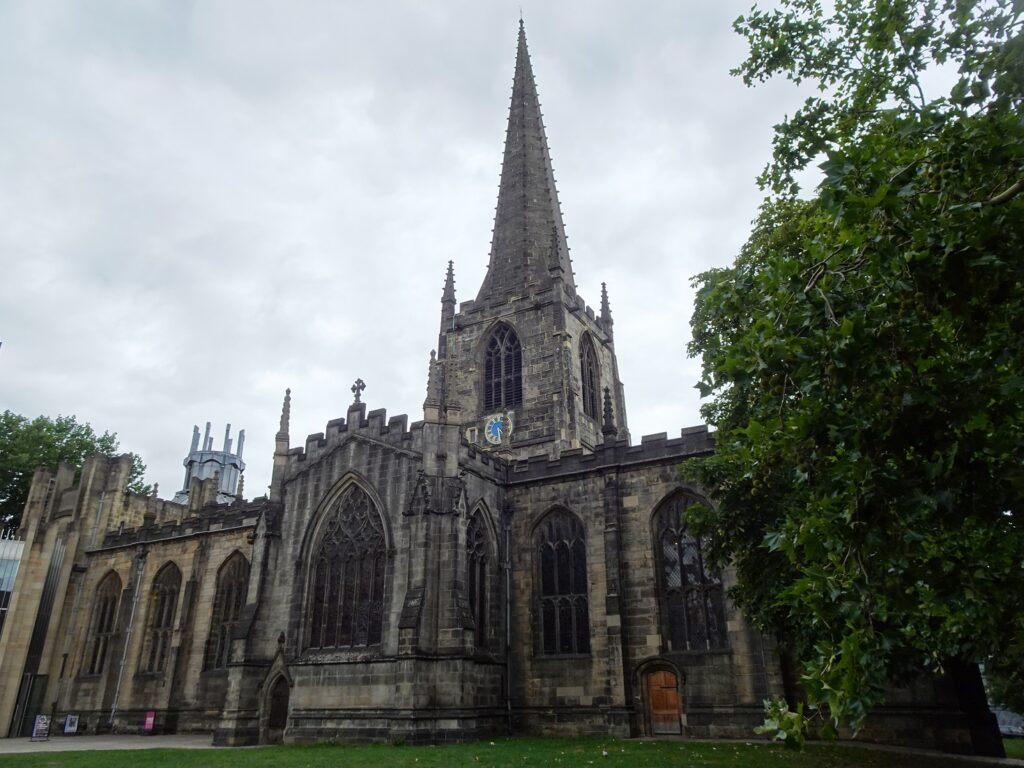
What was interesting to me was that you can see traces of very different times inside, which results in some pretty eclectic architecture. Parts of the building date back to the 12th century, while others have been completed as recently as the 1960s, but somehow everything is combined in a way that it seems to flow seamlessly together.
There are some interesting details inside. For instance, the cool altar painting in the Chapel of the Holy Spirit depicts the last supper with everyone being accurately dark-skinned. The little Crypt-Chapel on the opposite side is also worth checking out. You can find the current opening times here.
Barker’s Pool (Main Square)
A little to the south-west from the cathedral lies Barker’s Pool, Sheffield’s attractive main square, which is dominated by a huge 1930s neoclassical concert hall and lined by loads of pubs, cafés and restaurants. There are also some monuments dotted around the square.
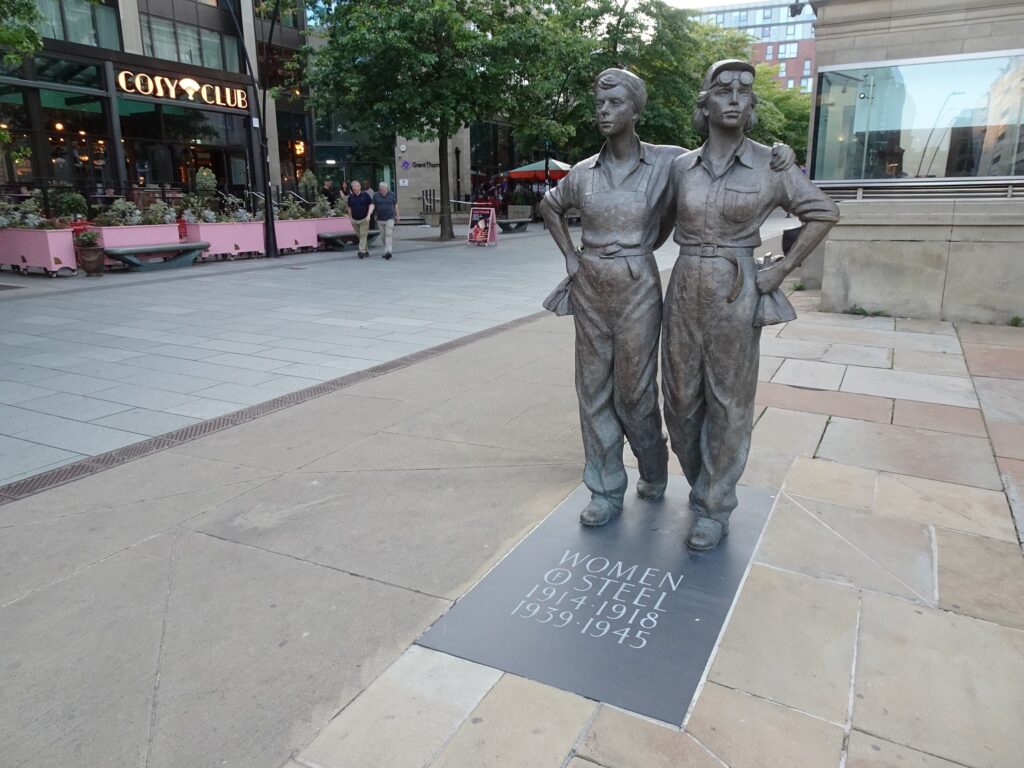
My favourite was the Women of Steel Monument by Martin Jennings, which was unveiled just a few years ago. It’s a bronze statue dedicated to the women who kept the steel industry running during both World Wars, stepping in when the men were away fighting (something I had read about only a few hours earlier in Kelham Museum).
Winter Gardens
Something I didn’t expect to find in Sheffield’s historic centre was a massive greenhouse full of tropical plants, but here we go. The winter gardens were opened in 2003 and still form the largest urban glasshouse in Europe.
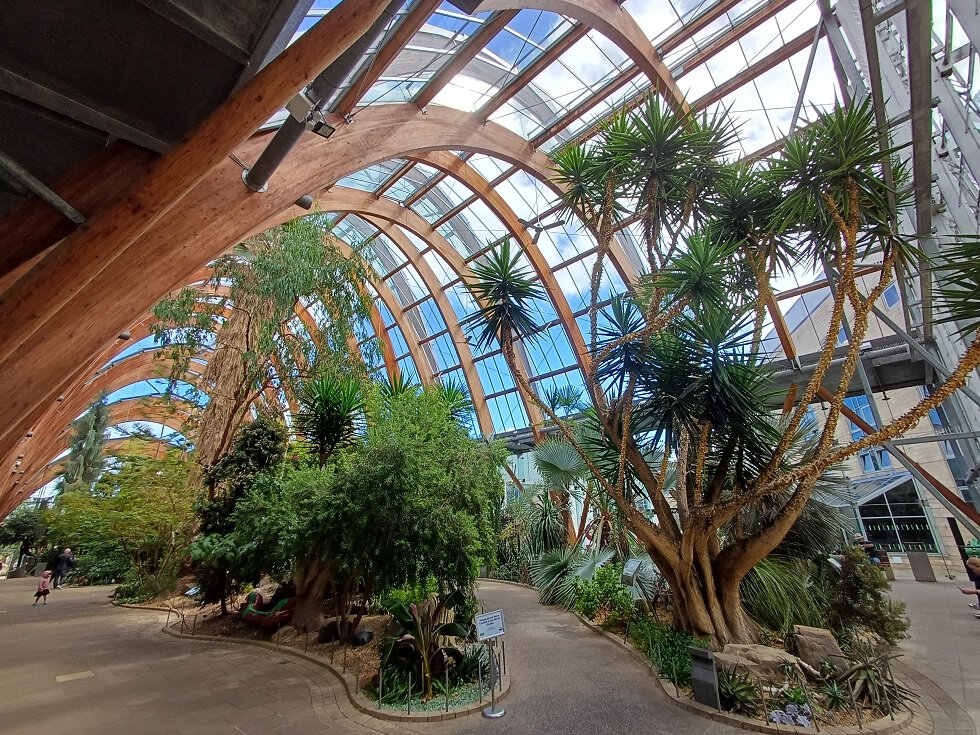
There’s also a small café inside, and judging by the amount of people I encountered here, the gardens seem to be a popular spot for lunch breaks (or breaks of any kind, I guess).
It’s a few minutes to the south-east from Barker’s Pool past Sheffield’s Town Hall and (open-air) Peace Gardens. The entrance is free, and you can check the current opening times here.
Millennium Gallery
Directly connected to the Winter Garden is the Millennium Gallery, so you can simply wander in from the greenhouse. Parts of the exhibition space are given over to a permanent display of the city’s industrial crafts, including tons of artful knives and tea kettles.
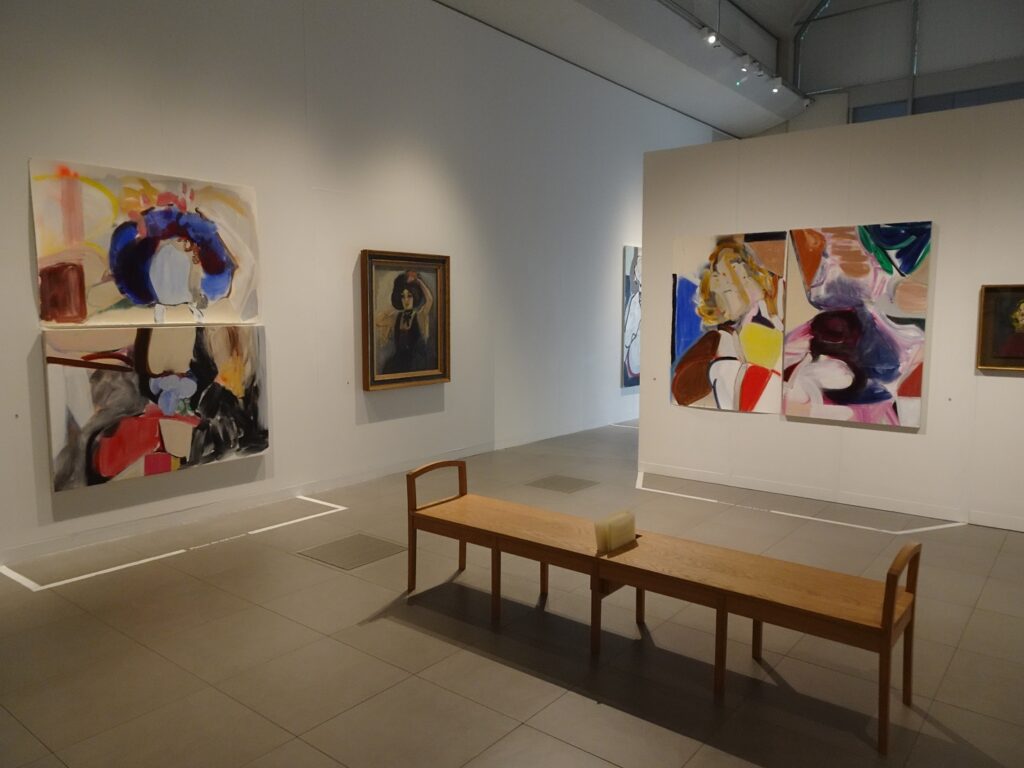
Other sections have changing displays of more traditional art. For instance, when I visited, there was an exhibition showcasing the work of New York-based painter Liliane Tomasko, as well as an interesting exploration on humans’ and animals’ different perception of colours, with lots of bright paintings and photographs.
I also liked the Ruskin Collection, which is inspired by Victorian artist John Ruskin’s study of nature as a basis for his artworks, and felt a bit like stepping into someone’s private study. The entrance to the gallery is free, but donations are welcome. You can check the opening times and see what’s currently on here.
Sheffield Botanical Gardens and Dinner
For the final stop of the day, hop on a bus (for instance Bus 83 at the time of writing) and head to the Sheffield Botanical Gardens or just walk there if you still feel energetic enough. In any case, I found the gardens to be the perfect place to wind down after a day of sightseeing.
The gardens cover 19 acres and are laid out with themed sections, little winding footpaths, and some interesting bits of Victorian architecture, including a historical glass greenhouse that reminded me of the ones in Kew Gardens near London (although it’s obviously much smaller).
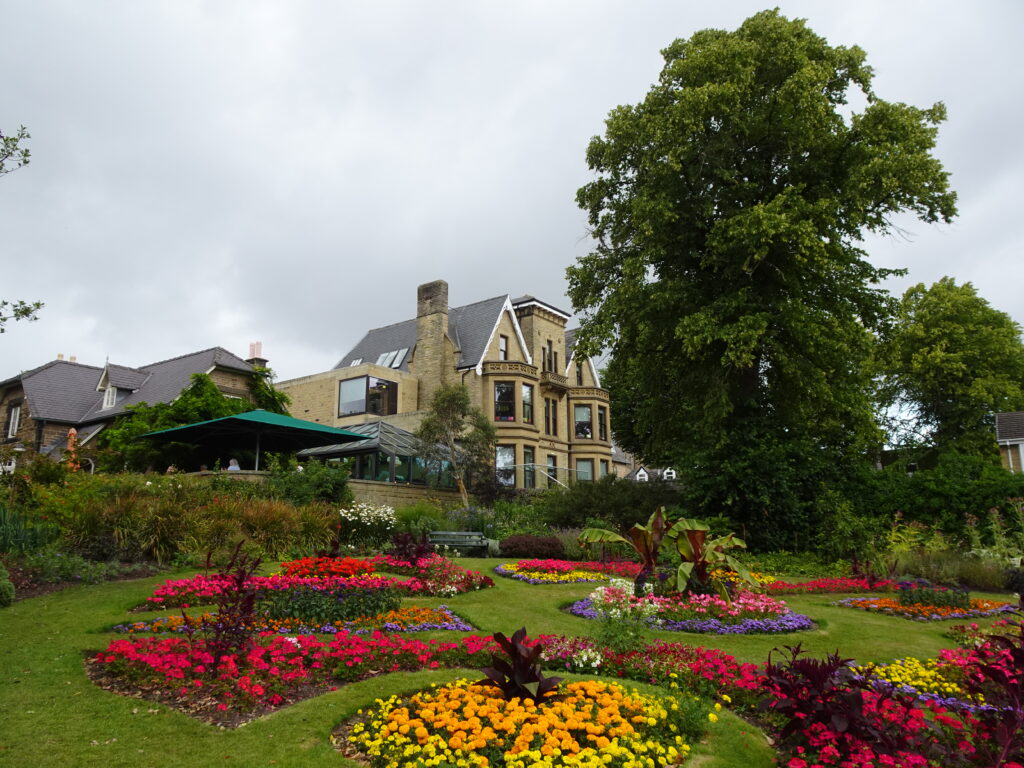
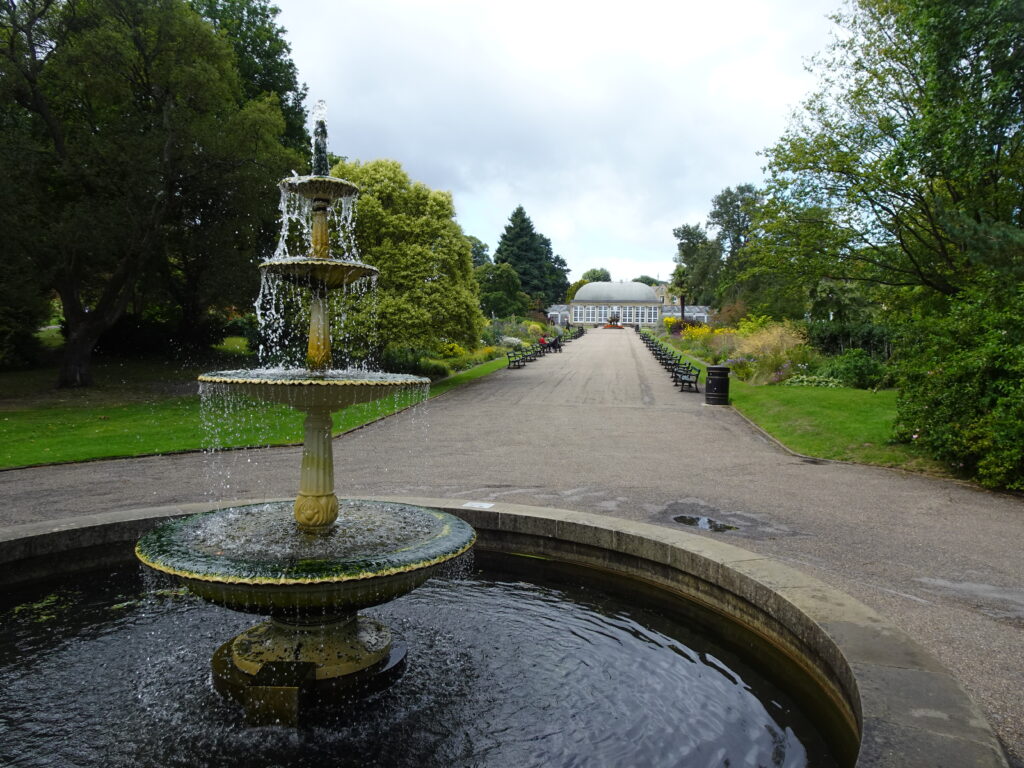
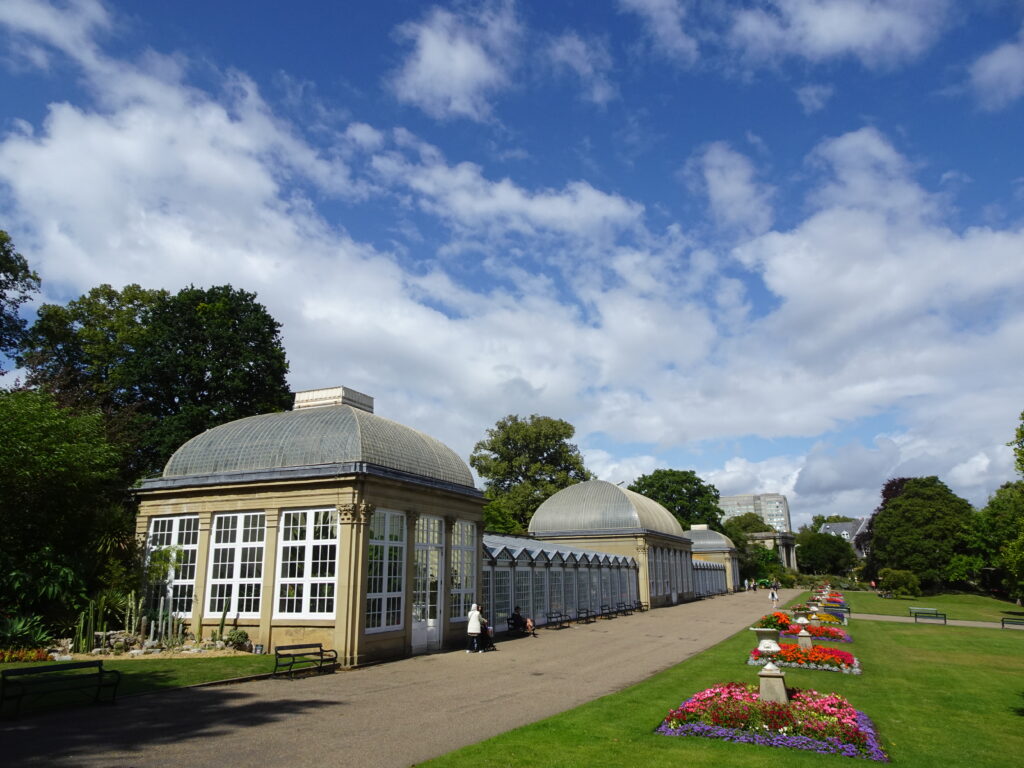
There are interesting details all over the gardens, including a fossilized tree stump from the Carboniferous Period and a cool 1930s sculpture of Pan surrounded by animals. I also came across the restored remains of a 19th-century bear pit, which today fortunately only houses a steel statue of a bear.
One of my favourite features in the gardens was the ‘Riddle Trail’, which was designed by the novelist and poet Berlie Doherty and leads you all over the gardens (if you’re able to decipher the little riddles, that is). The first riddle can be found at the café near the northern entrance to the Gardens and doing the trail at a leisurely pace took me about an hour.
The entrance to the garden and greenhouse is free. You can check the current opening times here.
Afterwards, you can pick one of the many restaurants on nearby Ecclesall Road for Dinner or make your way back to the city centre for some great Chinese food near the bus station (I recommend the small hole-in-the-wall ‘Soya Express’ on Matilda Street).
If You Have More Time
If you have more time, there are plenty of other museums worth visiting in Sheffield, including the large Weston Park Museum, which covers local history and art or the Abbeydale Industrial Hamlet, a former Steel production site on the River Sheaf. I didn’t have time to check these out on my visit, but I’ve heard only good things about them.
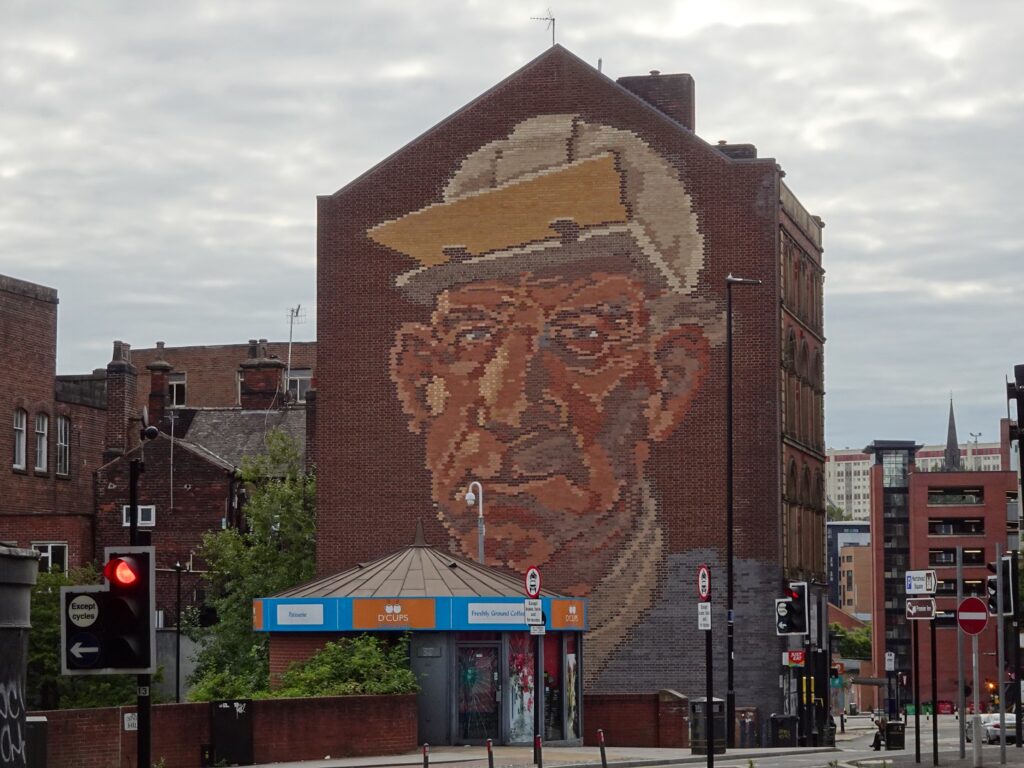
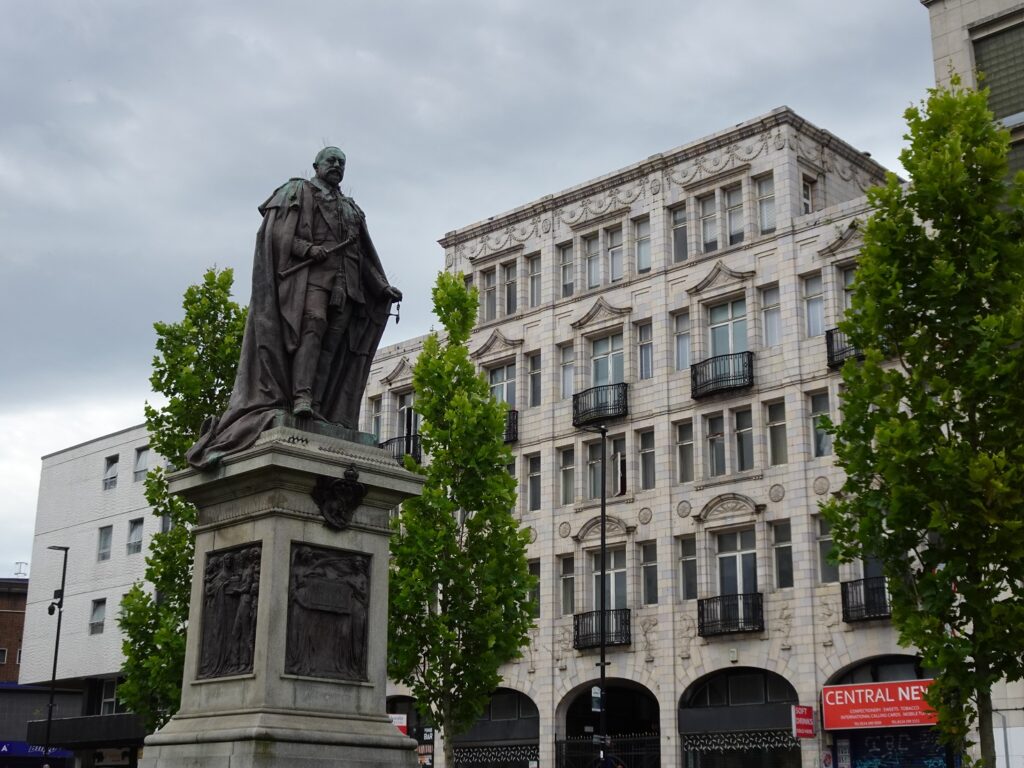
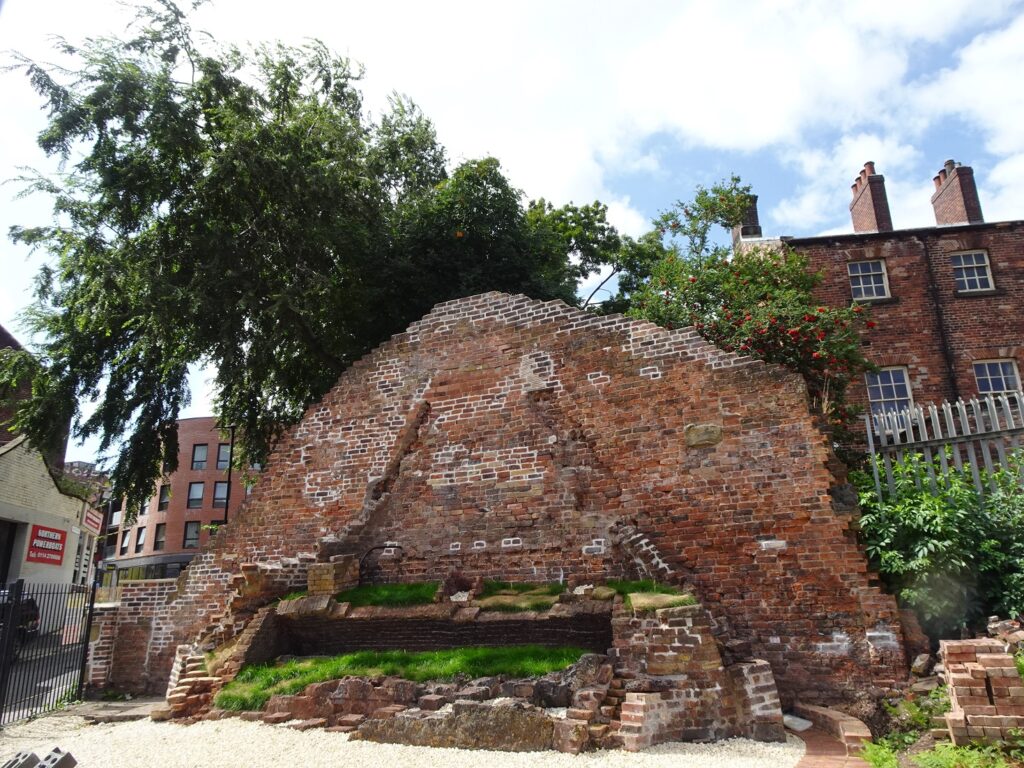
It’s also fun to just walk around the city centre and nearby residential districts to check out some of the cool murals and other artworks. One I particularly liked, was the 1986 Steelworker Portrait on the corner of Castle Street and Angel Street, which was created by using coloured bricks in a mosaic-style fashion.
As you would expect, there are also many more traces of the city’s former industrial history, like the restored cementation furnace on the corner of Hoyle Street and Doncaster Street or the remains of the Bower Spring Furnaces near the Shakespeare’s Pub.
Finally, I highly recommend using Sheffield as a base to visit the villages and fells of the nearby Peak District. For instance, you can easily reach the pretty historical villages of Bakewell and Castleton from the city’s bus station, both of which are great springboards for hikes into the surrounding landscape of the national park.
Sheffield One-Day Itinerary Map
All stops mentioned in the itinerary can be found in this map of Sheffield.
Where to Stay in Sheffield
I stayed at the budget-friendly Sheffield 3 Apartments, which are mainly aimed at students of Sheffield University, but also rent short-term to travelers. Apart from that, there are plenty of midrange options, like Leopold Hotel, as well as some luxury chouces, like City Oaks. Have a look at the map below for more choices.
See Also
A Guide to the ‘Princess Bride’ Filming Locations in England’s Peak District NP
7 Fun Things to Do in Bakewell in England’s Peak District
